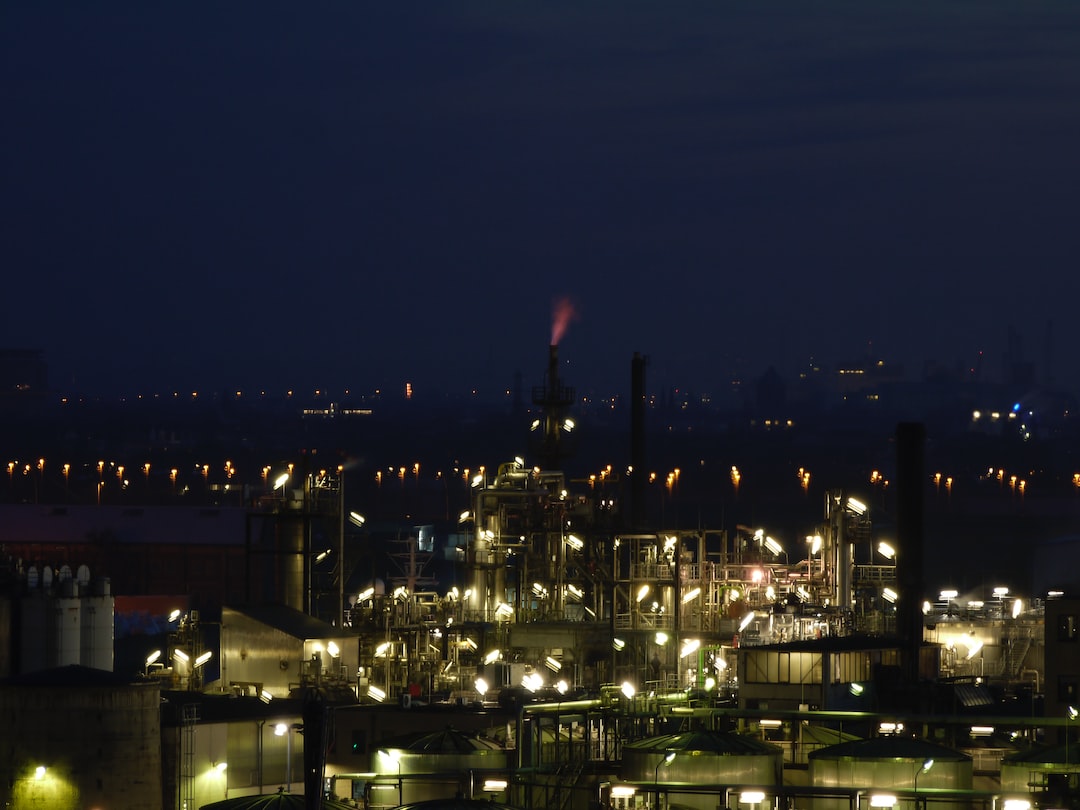Packaging plays a crucial role in ensuring the safe transportation and storage of products. However, there are various types of packaging materials available in the market, each with its own set of advantages and disadvantages. In this article, we will explore the pros and cons of different types of packaging materials, including how they fare when it comes to packaging a box for gas meter.
One commonly used packaging material is cardboard. Cardboard boxes are affordable, lightweight, and easy to source. They also offer excellent protection against mechanical shocks and are recyclable, making them an environmentally friendly option. When it comes to packaging a box for a gas meter, cardboard provides sufficient strength to hold the meter securely. However, cardboard is not waterproof and may not be the best choice in humid or wet environments.
Another popular packaging material is plastic. Plastic is lightweight, flexible, and provides excellent protection against moisture, dust, and other external factors. Plastic packaging is also durable and can withstand rough handling during transportation. However, the use of plastic has drawn criticism due to its impact on the environment. Plastic takes hundreds of years to decompose and contributes to pollution. When considering packaging a box for a gas meter, plastic may be a viable option due to its water-resistant properties. However, alternative eco-friendly plastics should be considered to minimize environmental harm.
Wood is another packaging material that offers unique advantages. Wood packaging, such as crates or pallets, is exceptionally robust and can withstand heavy loads. It provides excellent protection for fragile items and offers a natural aesthetic appeal. Moreover, wood is a renewable resource and biodegradable, making it an environmentally friendly option. When considering packaging a box for a gas meter, wood may be a suitable choice if you require maximum durability and protection. However, wood packaging materials may be more expensive than alternatives and may not be as easily recyclable.
Lastly, metal packaging materials, such as aluminum or steel, have their own merits. Metal packaging is extremely durable and offers excellent protection against damage from external forces. It is also non-porous and does not allow moisture or gas to enter, ensuring the product inside remains unaffected by the environment. However, metal packaging can be heavy, resulting in higher transportation costs. Additionally, metal is not as environmentally friendly as other materials due to the energy-intensive production process.
In conclusion, the choice of packaging material depends on various factors including product requirements, environmental impact, and cost considerations. When packaging a box for a gas meter, factors such as durability, water resistance, and eco-friendliness should be taken into account. Ultimately, striking a balance between functionality, cost-effectiveness, and environmental responsibility is essential in choosing the most suitable packaging material for any specific application.

